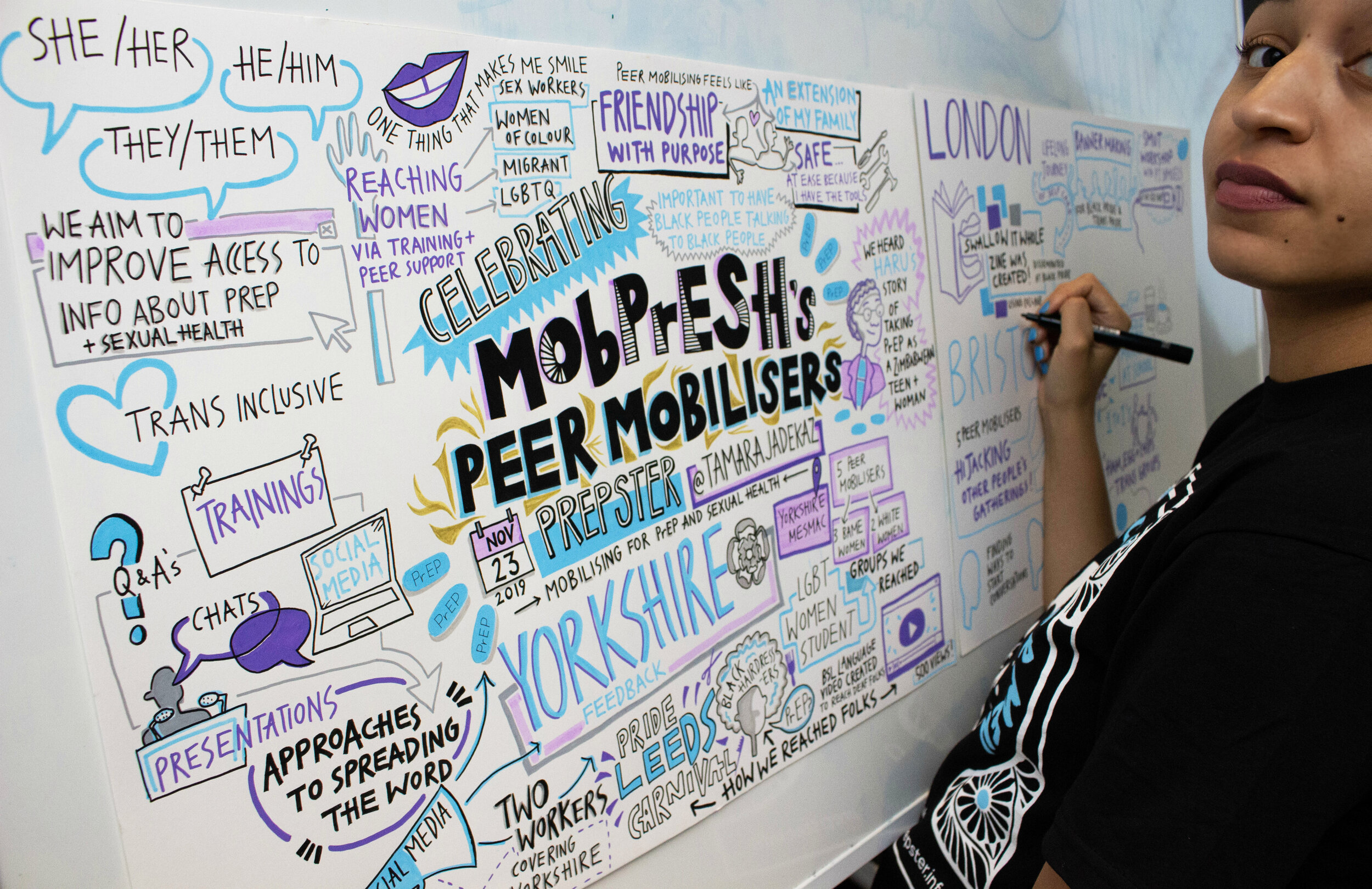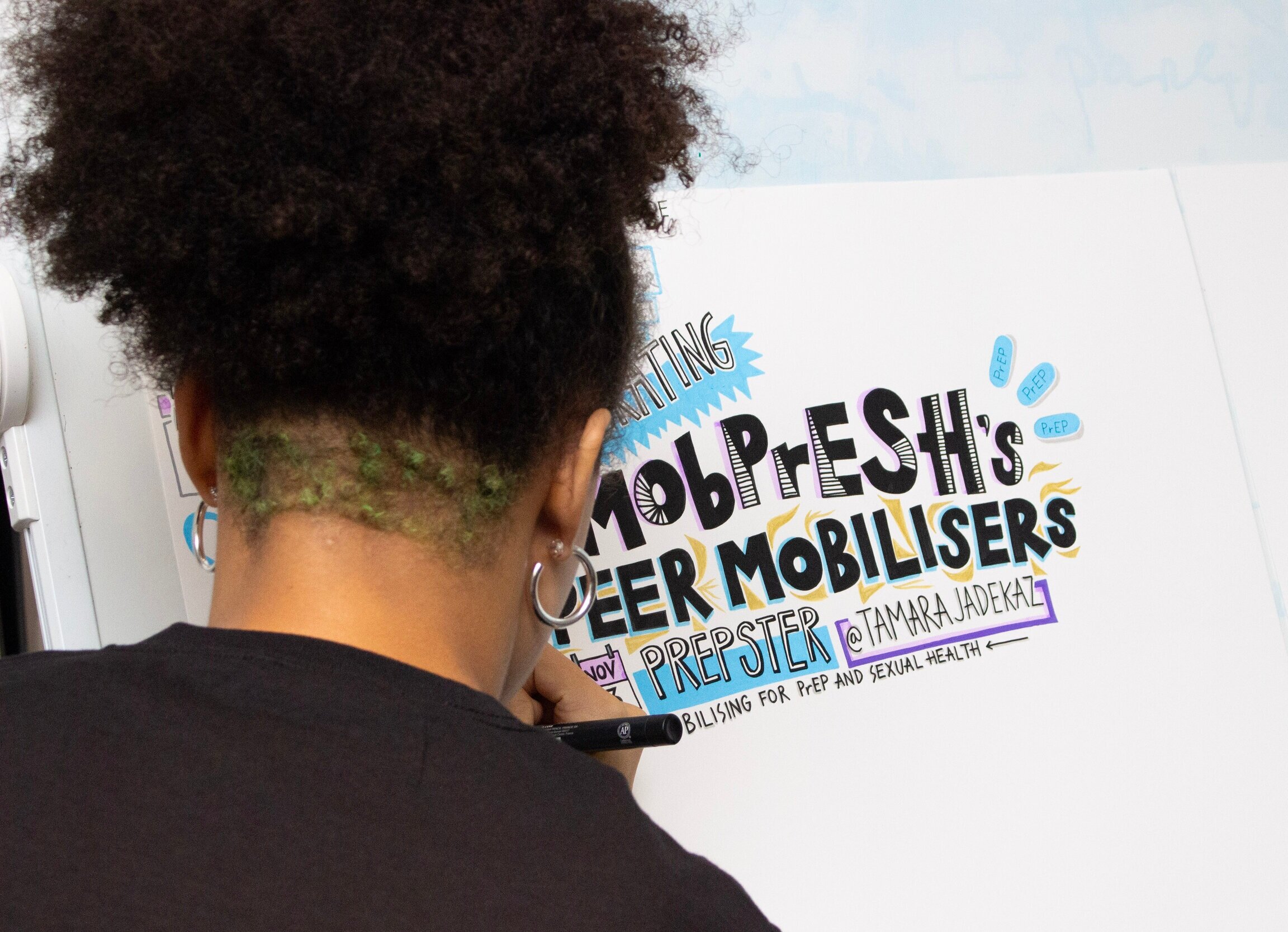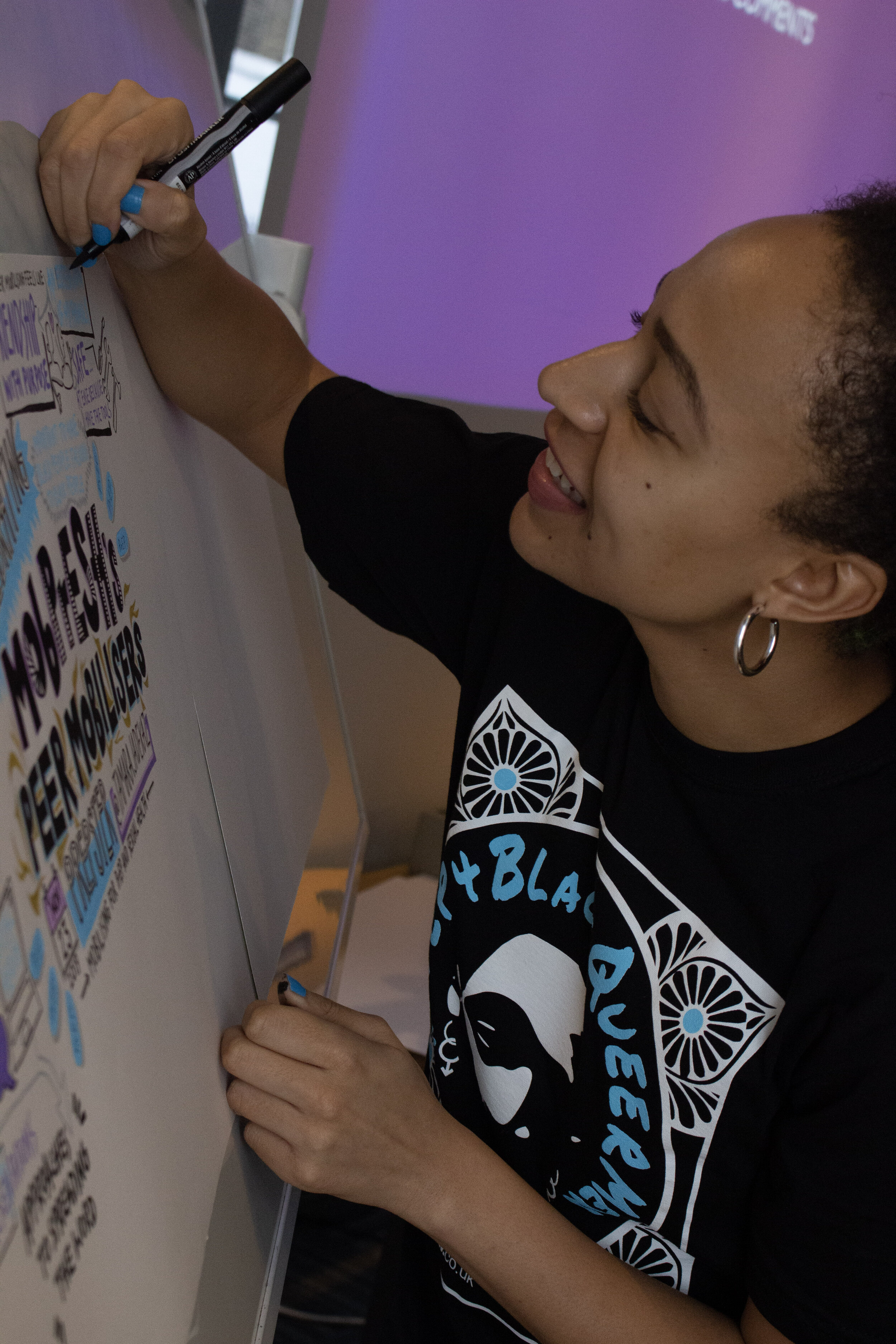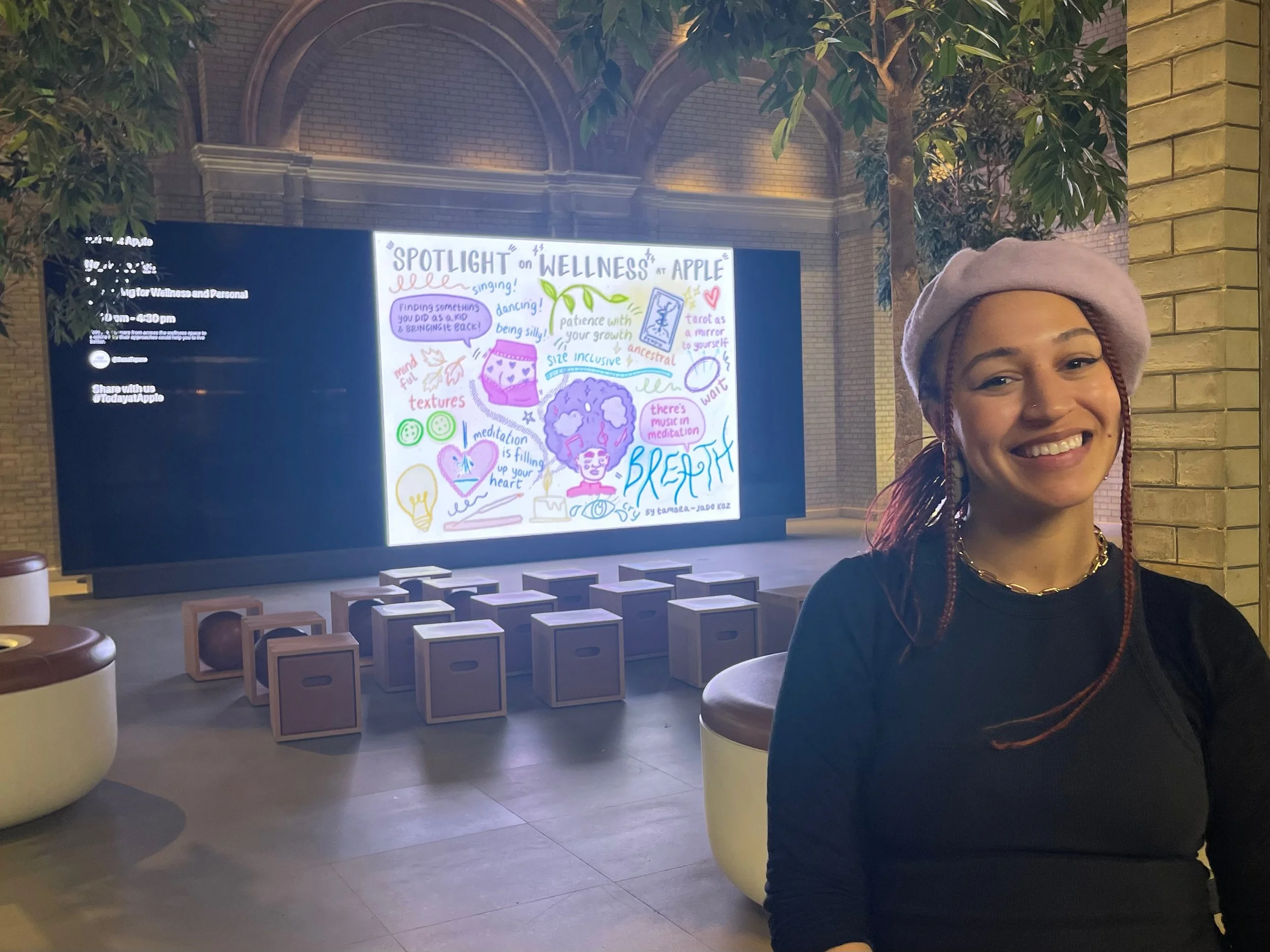visual notes
digitally-created









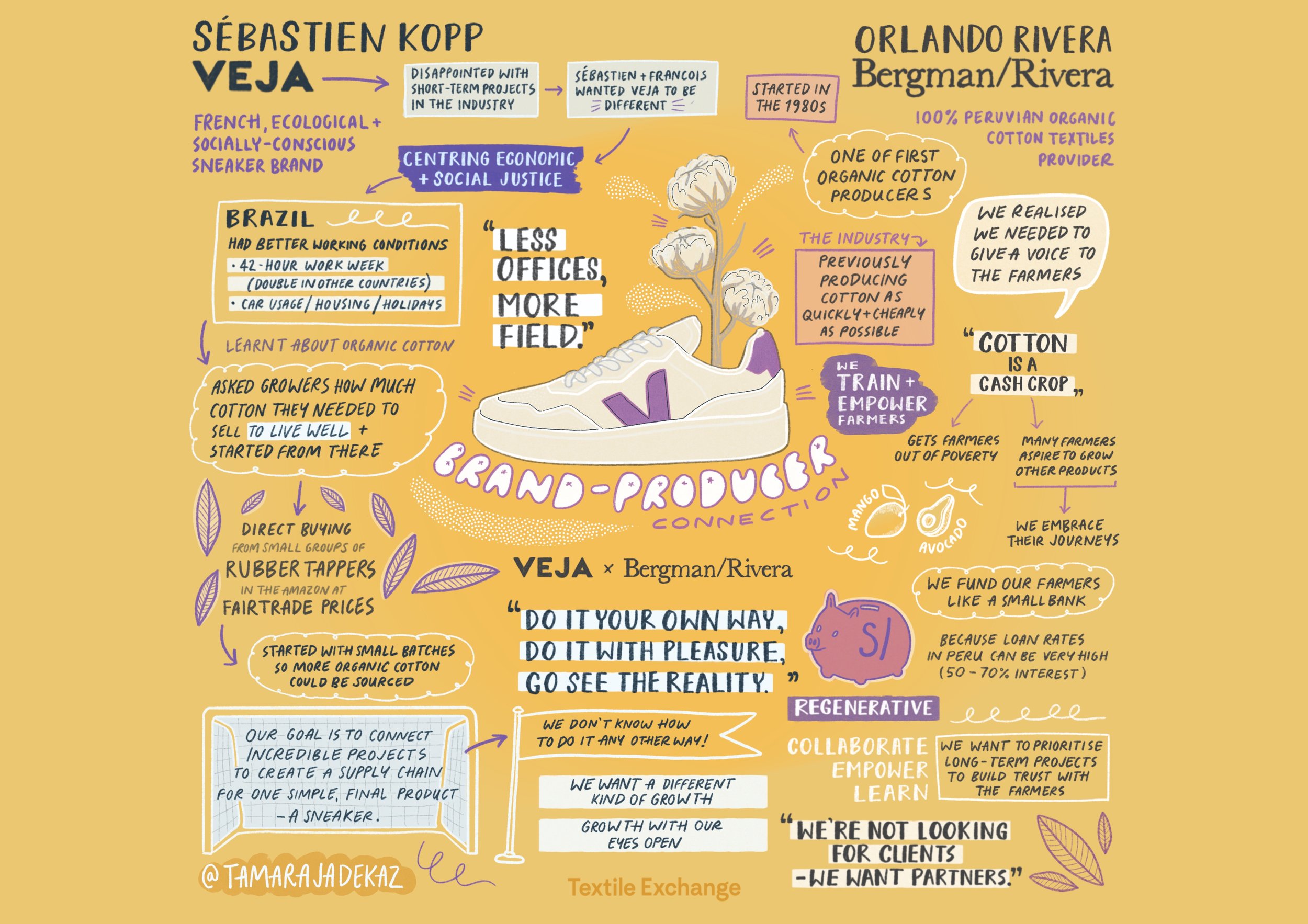


Apple
AWID
Arts Admin
Astraea Lesbian Foundation for Justice
Citizens UK
Fondation Chanel
Healing Justice London
Imkaan
London Leap
Media Trust
No More Exclusions (NME)
Sex Worker Advocacy Resistance Movement (SWARM)
Systemic Justice
Tipping Point UK
Transgender Europe (TGEU)
UN Women
Apple AWID Arts Admin Astraea Lesbian Foundation for Justice Citizens UK Fondation Chanel Healing Justice London Imkaan London Leap Media Trust No More Exclusions (NME) Sex Worker Advocacy Resistance Movement (SWARM) Systemic Justice Tipping Point UK Transgender Europe (TGEU) UN Women
what is visual notetaking?
visual notetaking is the practice of capturing conversation in a visual way. the notetaker listens to the content of a discussion, lecture, workshop, panel, or meeting and illustrates live, creating a visual record of what was discussed as the event unfolds in real time or after the event is over.
these illustrations sum up and give structure to the primary points of a discussion in a way that supports people to retain what they have learnt, and make for a powerful memento of the day.
visual notes can be used to create materials such as posters; be disseminated on social media; or used in evaluation documents and/or reports to funders of your event.
*visual notetaking is sometimes referred to as graphic recording, graphic facilitation, scribing or sketchnoting
why visual notetaking?
visual notetaking allows me to channel my passion for drawing into a practical learning tool. visual notes can be a more accessible form of communication for some learners, and can be a breath of fresh air for those tired of reading through long minutes documents!
from a political standpoint, i also think it’s important to keep records of our histories. i find visual notetaking particularly important for marginalised groups whose legacies, conversations and stories are prone to be erased historically, or distilled into a singular, sanitised narrative by those in power.
that’s why i operate on a sliding scale rate system, offering the lowest rates to marginalised and low-funded groups. this includes, but is not limited to, groups predominately made up of black people, people of colour, (sex) workers, queer and/or trans people, refugees and/or asylum seekers, and disabled people. you can find out more info about the politics behind my visual notetaking practice here.

